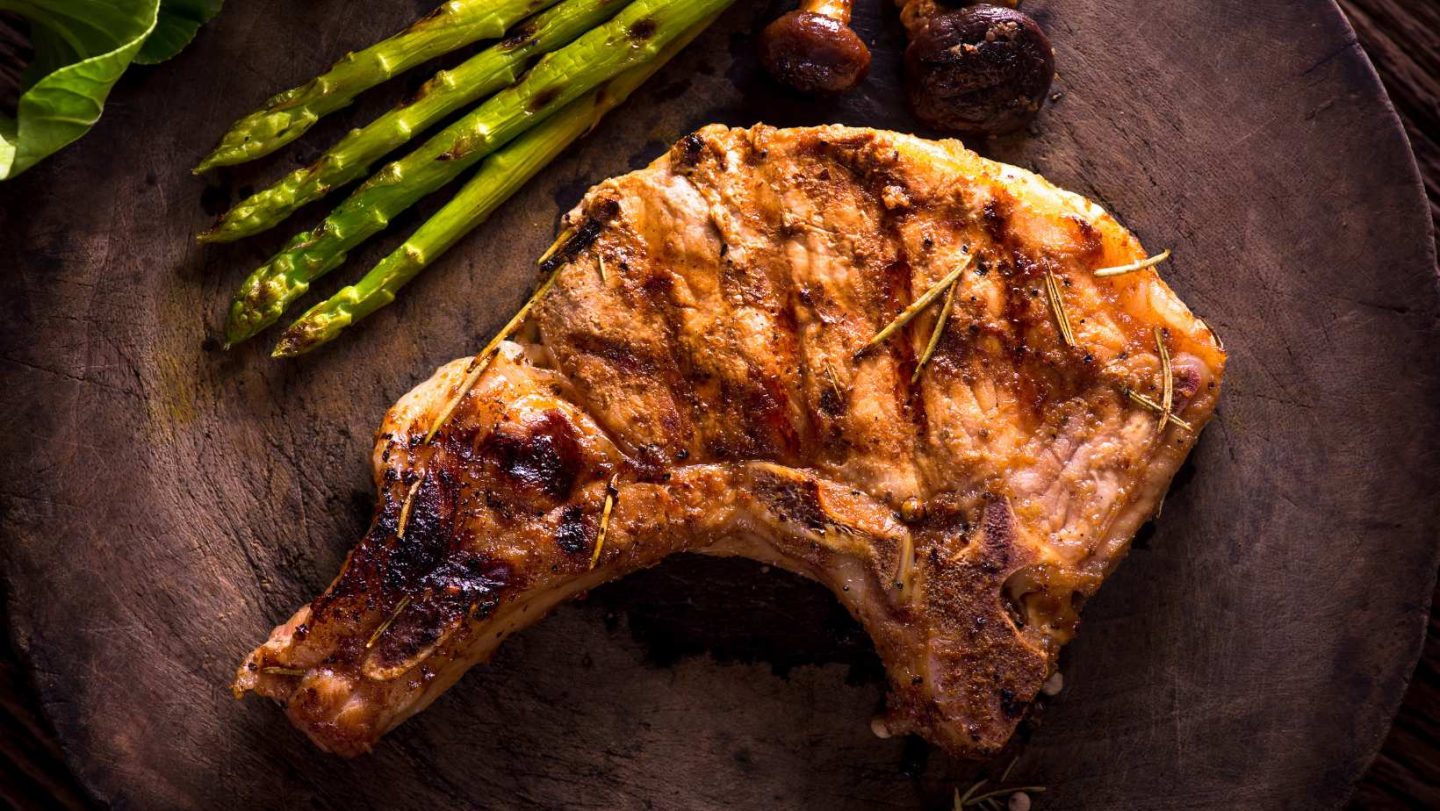
So, you’re looking to level up your pork game, but you’re stuck between a pork cutlet vs pork chop and don’t know where to start, huh?
Both delicious cuts of meat have their own unique qualities and can be the star of your next meal. But how do they differ, and when should you use one over the other?
In this complete guide, we will dig into the fascinating world of pork, exploring every nook and cranny of these two beloved cuts.
Pork Cutlet vs Pork Chop: Which Should You Choose?
Is a pork cutlet a better option, or does the pork chop reign supreme?
The answer largely depends on your personal preferences, the particular dish you’re preparing, and your comfort level with different cooking methods.
Each has its unique charm, and exploring both can lead to many a delicious pork recipe.
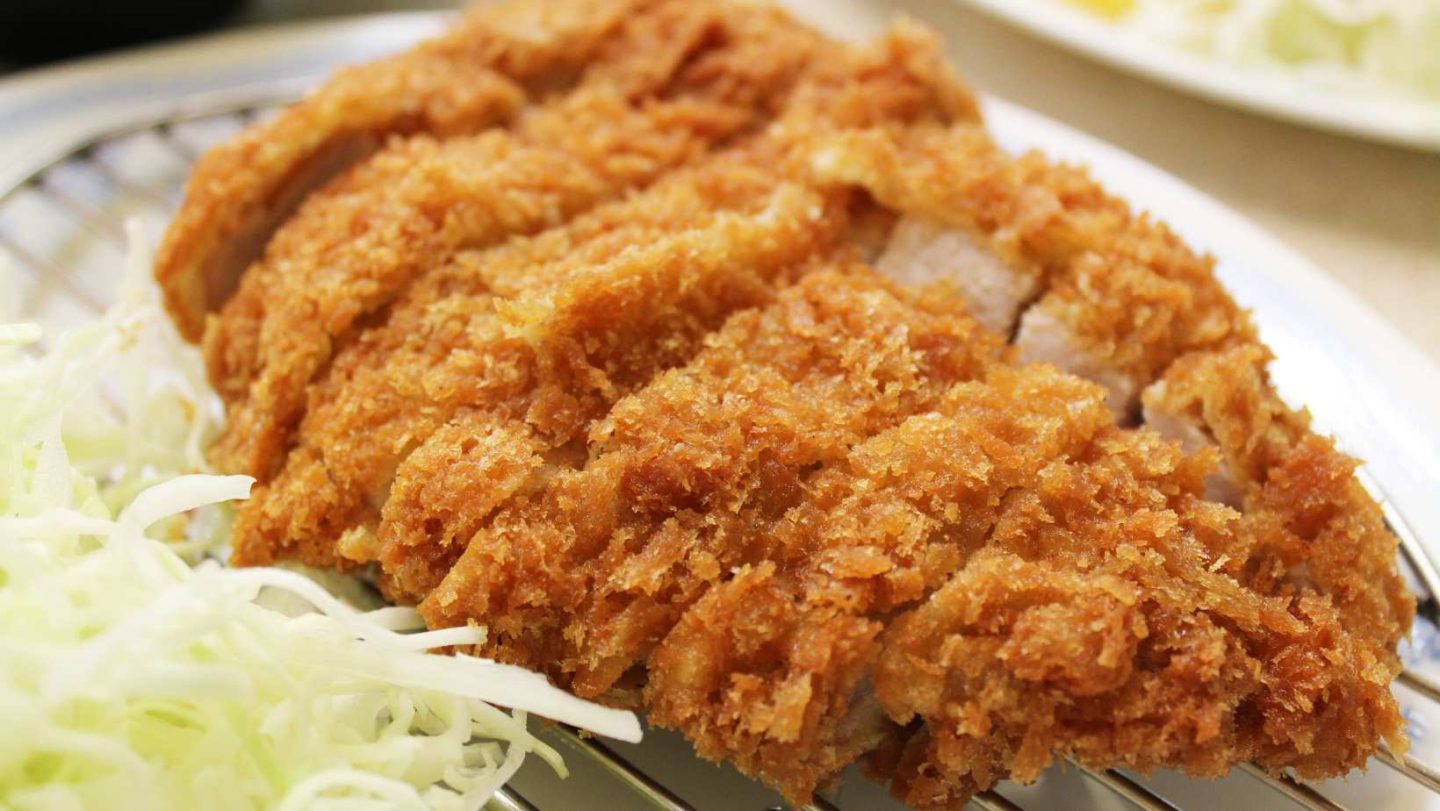
What are Pork Cutlets?
A pork cutlet, often confused with the similar sounding ‘cutlet’ in chicken, is a specific type of cut from the pig.
This boneless cut of meat is typically taken from the loin or the hind leg section.
After removing any thick layer of fat, the pork is often pounded flat with a meat mallet to make thin pork cutlets. This is an essential step, as it tenderizes the meat and ensures quick, even cooking.
Breaded pork cutlets are particularly popular in various cuisines worldwide, promising a crispy, delightful eating experience.
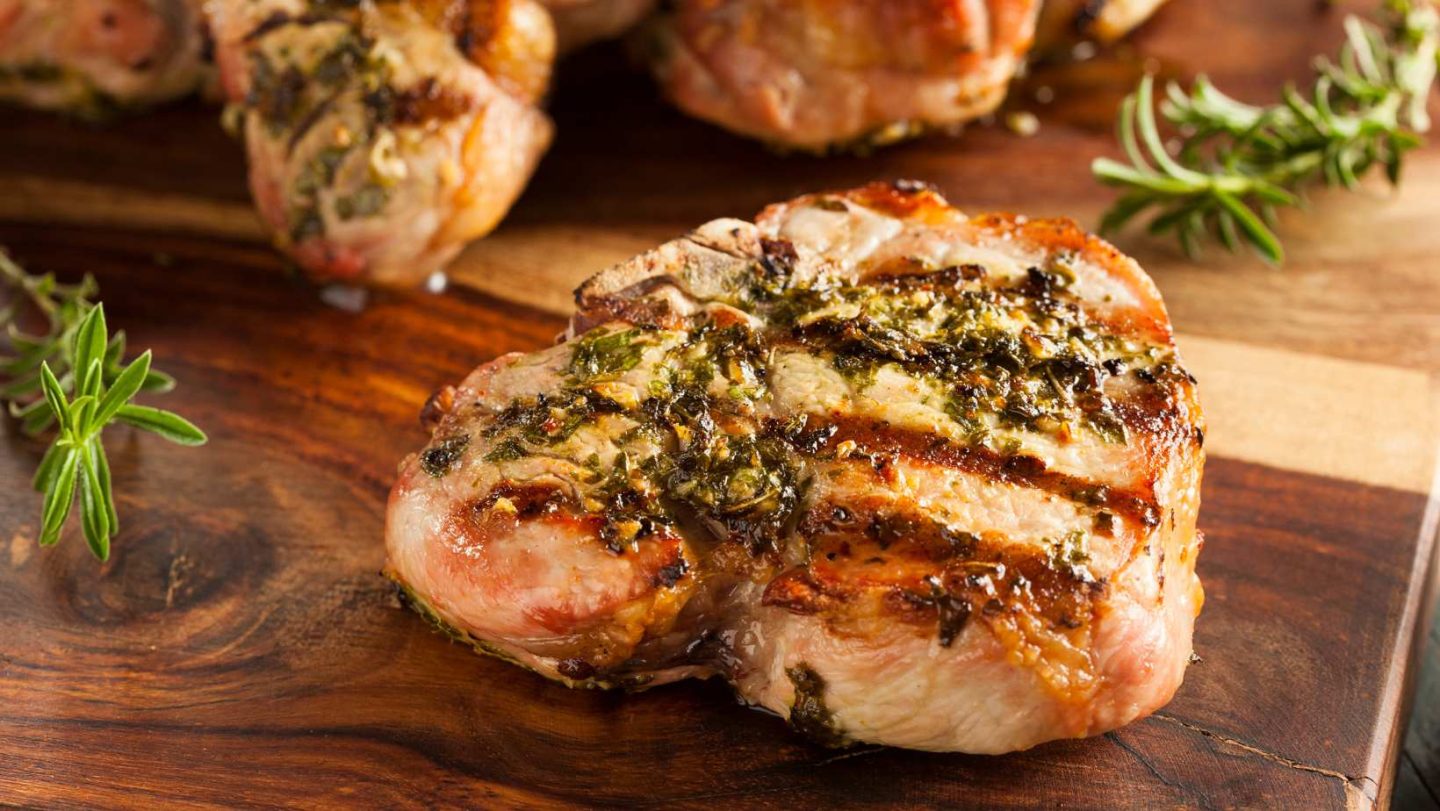
What are Pork Chops?
On the other side of the ring, we have the venerable pork chop. This type of chop can come from several areas along the pig’s spine and often includes a rib or part of the vertebra.
There are many varieties of pork chops, such as rib chops, loin chops, bone-in chops, and boneless chops.
Bone-in chops tend to be juicier and more flavorful due to the bone and the surrounding fat, while boneless chops are often leaner and quicker to cook.
However, both offer a delicious cut of meat that, when cooked right, can lead to a delightful meal.
Pork Cutlet vs Pork Chop: Differences
While both pork cutlets and pork chops can play the lead role in a savory meal, they have several key differences worth noting.
- Cut and Shape: Pork chops are usually thicker and can be bone-in or boneless, while pork cutlets are typically boneless and pounded thin. The main difference in the cuts relates to the part of the pig from which they are taken, with chops coming from the loin or rib section and cutlets from the loin or hind leg.
- Cooking Method: The thinness of pork cutlets makes them ideal for quick, high-heat cooking methods like frying or sautéing. They’re often breaded and deep-fried to make a crispy pork cutlet. Pork chops, on the other hand, are versatile and can be grilled, baked, broiled, or pan-fried. They’re a popular choice for slow cooking as well.
- Texture and Tenderness: Given the thin nature of cutlets and the fact they’re often pounded, they tend to be tender and lightly chewy. Pork chops, especially when cooked slowly, can be incredibly tender and juicy, although a lean, overcooked chop can become tough.
- Flavor Profile: While both cuts are inherently porky, the flavor can vary based on the specific cut, cooking method, and seasoning. Pork cutlets, especially when breaded and fried, have a crunchy texture and a flavor that pairs well with tangy sauces. Pork chops have a richer flavor, particularly the bone-in versions, as the bone and fat add to the taste during cooking.
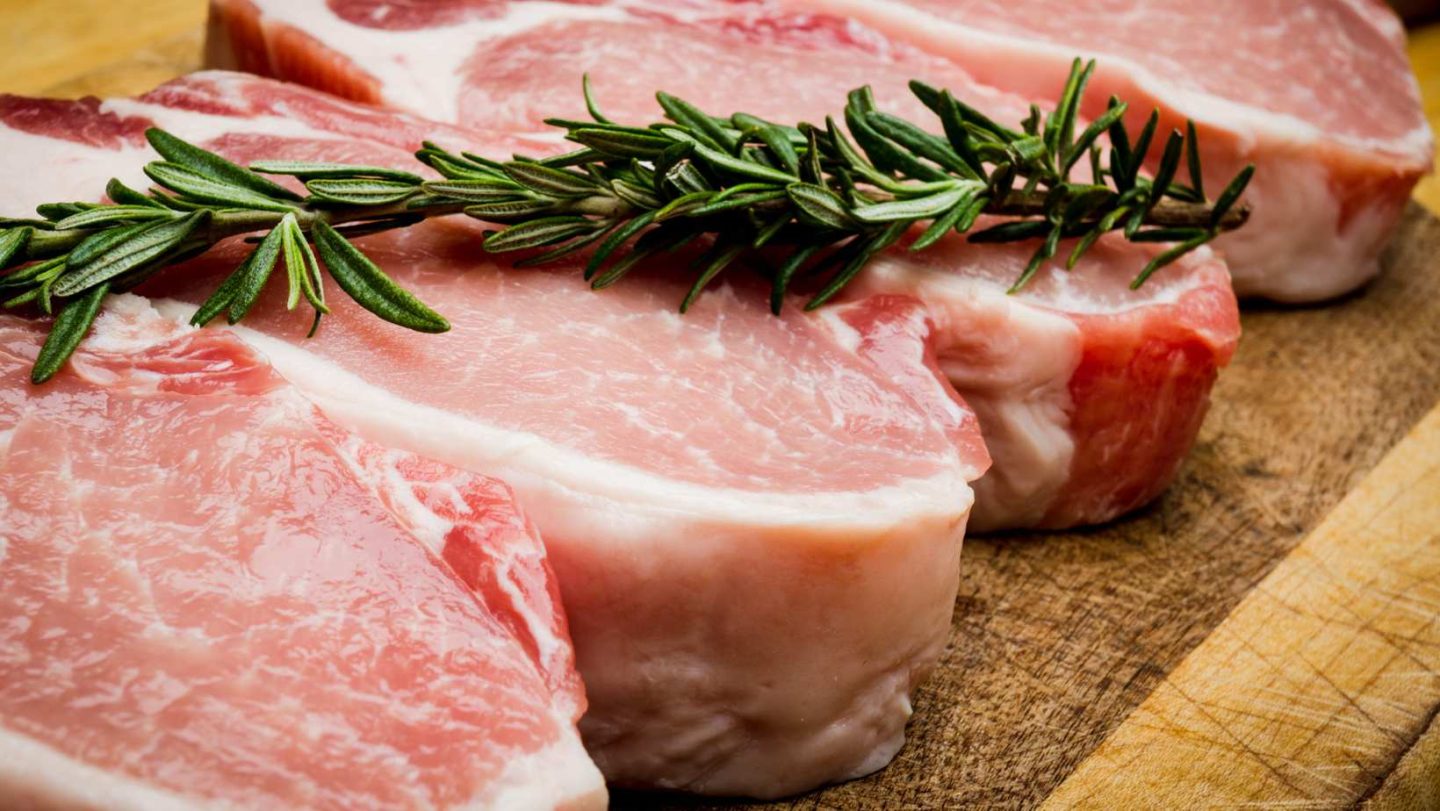
Pork Cutlet vs Pork Chop: Similarities
Pork cutlets and pork chops share several common features that make them both popular choices at the meat counter.
- Source: Both pork cutlets and pork chops come from the same animal – the pig. Depending on the specific cut, they can both originate from the loin section, one of the most tender parts of the pig.
- Versatility: Both cuts are highly versatile in cooking. They can be cooked using a variety of methods, including frying, grilling, baking, broiling, and sautéing, making them adaptable to many different cuisines and recipes. From classic breaded pork cutlets to mouthwatering grilled pork chops, these cuts can deliver an array of delicious dishes.
- Nutritional Value: Pork cutlets and pork chops are both excellent sources of high-quality protein and essential nutrients like vitamin B12 and zinc. They both contain varying amounts of fat, contributing to their rich taste.
- Marinades and Seasonings: Both pork chops and cutlets absorb marinades and seasonings well, meaning you can easily customize the flavor profile to match your preference or the requirements of the recipe. Classic pairings include herbs like rosemary or sage, spices like chili powder or paprika, or simple salt and pepper.
- Availability: Both cuts are commonly available at grocery stores and butchers. They’re also comparably priced, making them an affordable choice for many households.
- Preparation: Both cuts benefit from being brought to room temperature before cooking. This helps to ensure even cooking and prevents the exterior from getting too cooked before the interior has warmed up.
- Resting Time: Whether you’re cooking a pork cutlet or pork chop, it’s important to let the meat rest after cooking. This allows the juices to redistribute throughout the meat, resulting in a more tender and flavorful dish.
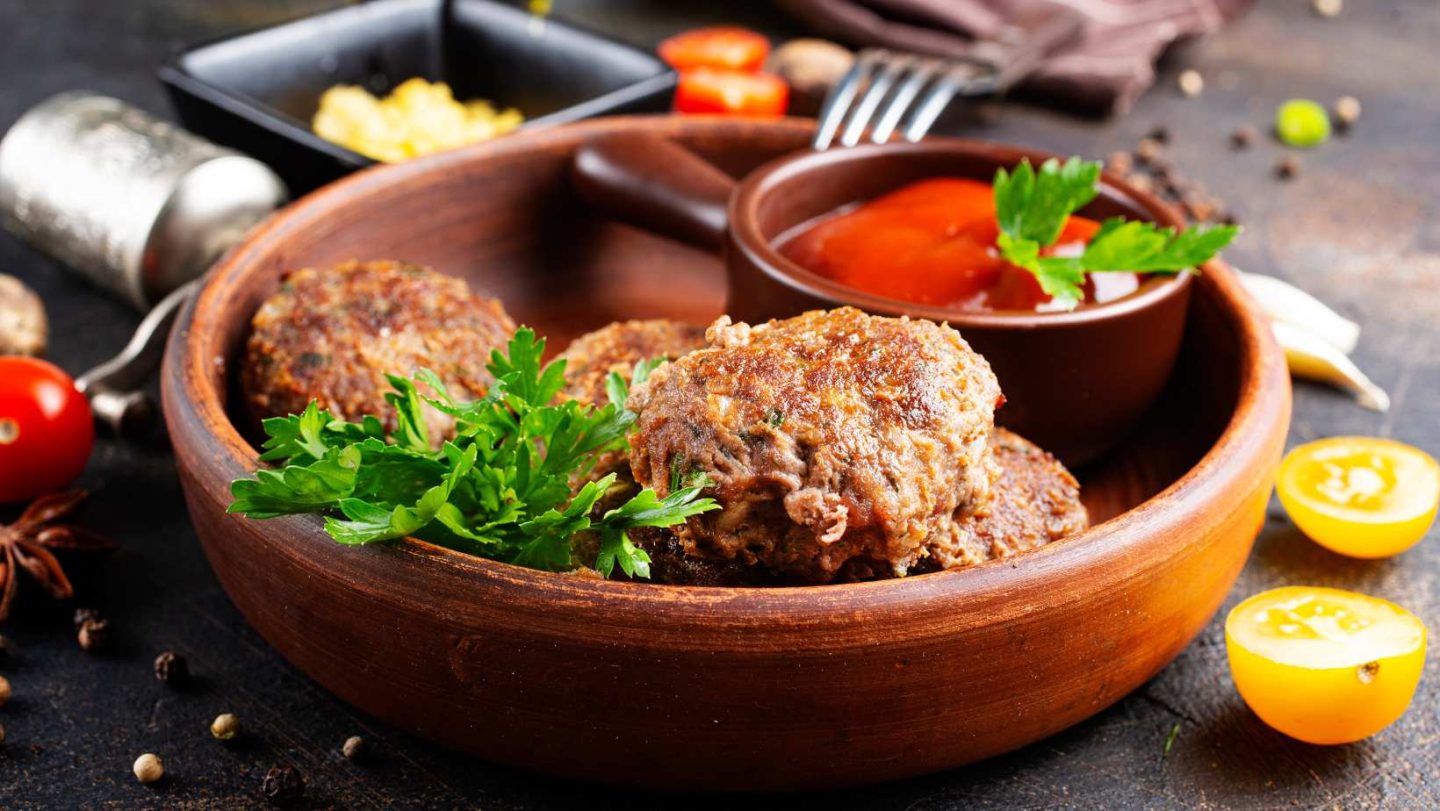
Nutritional Information
From a nutritional standpoint, both pork cutlets and pork chops pack a punch in providing essential nutrients, although there are some differences due to variations in the specific cut and preparation method.
Protein:
Both pork cutlets and pork chops are excellent sources of protein, an essential nutrient necessary for muscle growth, tissue repair, and immune function.
A typical 3-ounce serving of cooked pork, whether cutlet or chop, contains about 22-25 grams of protein.
Fat:
The fat content of both pork chops and pork cutlets varies depending on the specific cut and how it’s prepared.
Generally, pork chops, especially those with a thick layer of fat or those that are bone-in, may contain more fat.
However, even a lean pork cutlet, if breaded and fried, can also contain a higher fat content due to the oil absorption.
Vitamins and Minerals:
Both pork cuts are rich in several essential vitamins and minerals, including B-vitamins (B1, B2, B3, B6, and B12), zinc, and phosphorus.
These nutrients are important for energy production, immune function, and bone health.
Calories:
Calorie content can also differ between pork chops and cutlets.
A lean, grilled pork chop might contain fewer calories than a breaded and fried pork cutlet, but the difference is primarily due to the cooking method rather than the cut itself.
Cholesterol:
Pork is a source of dietary cholesterol. The cholesterol content is fairly similar between pork cutlets and chops, with a typical 3-ounce serving containing about 60-70 milligrams.
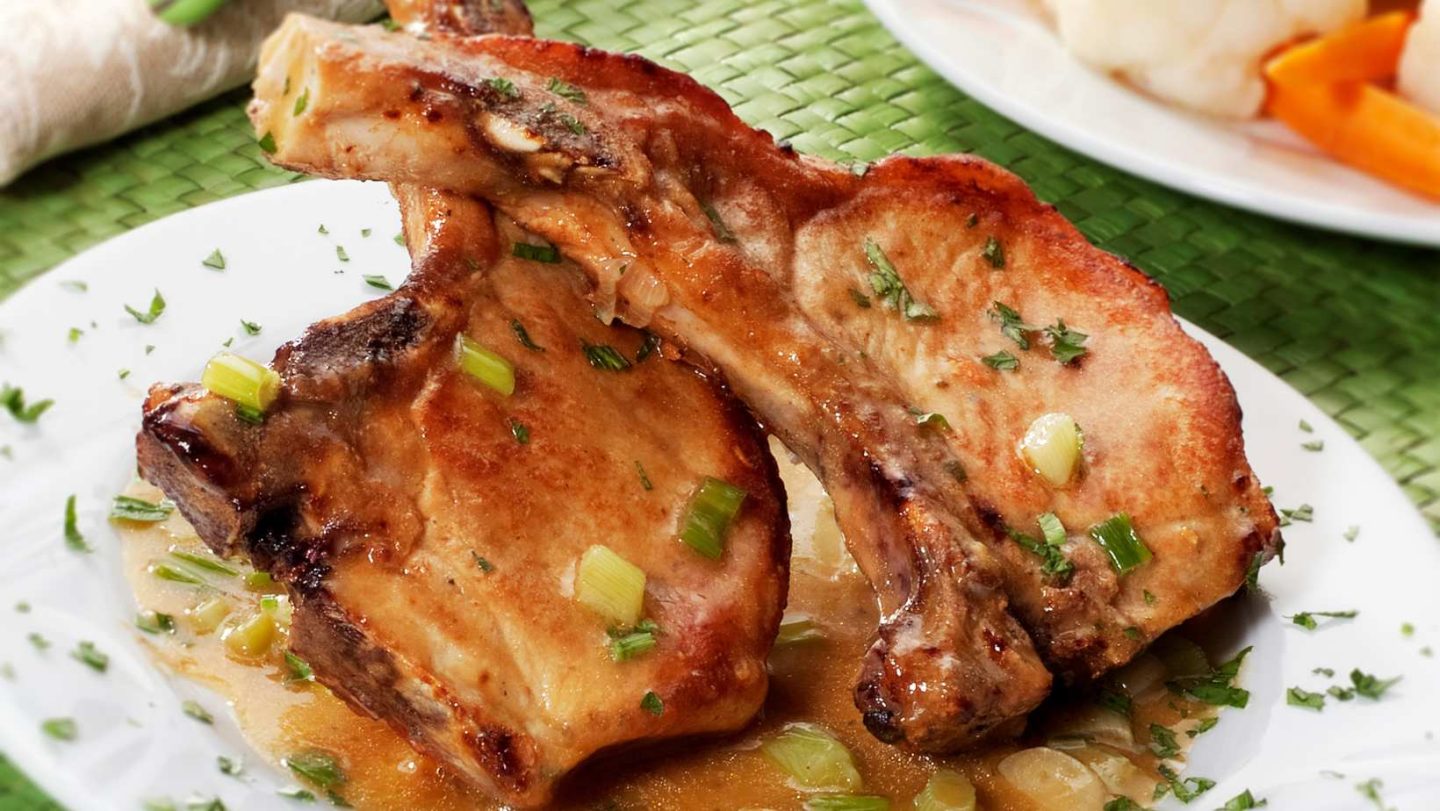
Table of Nutrition Facts
Below is a nutritional comparison between a standard, grilled, boneless pork chop and a typical serving of Tonkatsu, a breaded and fried pork cutlet, both estimated per 100g serving.
| Nutrition | Grilled Pork Chop | Tonkatsu (Fried Pork Cutlet) |
|---|---|---|
| Calories | 172 kcal | 293 kcal |
| Protein | 26.5 g | 24.3 g |
| Total Fat | 6.2 g | 16.9 g |
| Saturated Fat | 2.2 g | 5.8 g |
| Cholesterol | 68 mg | 60 mg |
| Carbohydrates | 0 g | 12.5 g |
| Dietary Fiber | 0 g | 0.4 g |
| Sugars | 0 g | 2.8 g |
| Sodium | 51 mg | 321 mg |
| Potassium | 414 mg | 342 mg |
| Iron | 0.9 mg | 1.0 mg |
| Calcium | 11 mg | 31 mg |
| Vitamin B6 | 0.6 mg | 0.4 mg |
| Vitamin B12 | 0.7 µg | 0.9 µg |
| Zinc | 2.1 mg | 2.3 mg |
It’s important to note that the nutritional content (including these values) of pork cutlets and chops can be affected by factors like cooking methods and additional ingredients used in preparation.
For instance, breading and frying a pork cutlet adds additional calories from the breading and oil, while marinating a pork chop in a sugary sauce will increase its sugar and calorie content.
Regardless, when incorporated into a balanced diet and cooked in a healthy way, both pork cutlets and pork chops can contribute valuable nutrients to your meals.
Consider pairing them with a variety of colorful vegetables and whole grains to create a well-rounded, nutrient-dense dish.
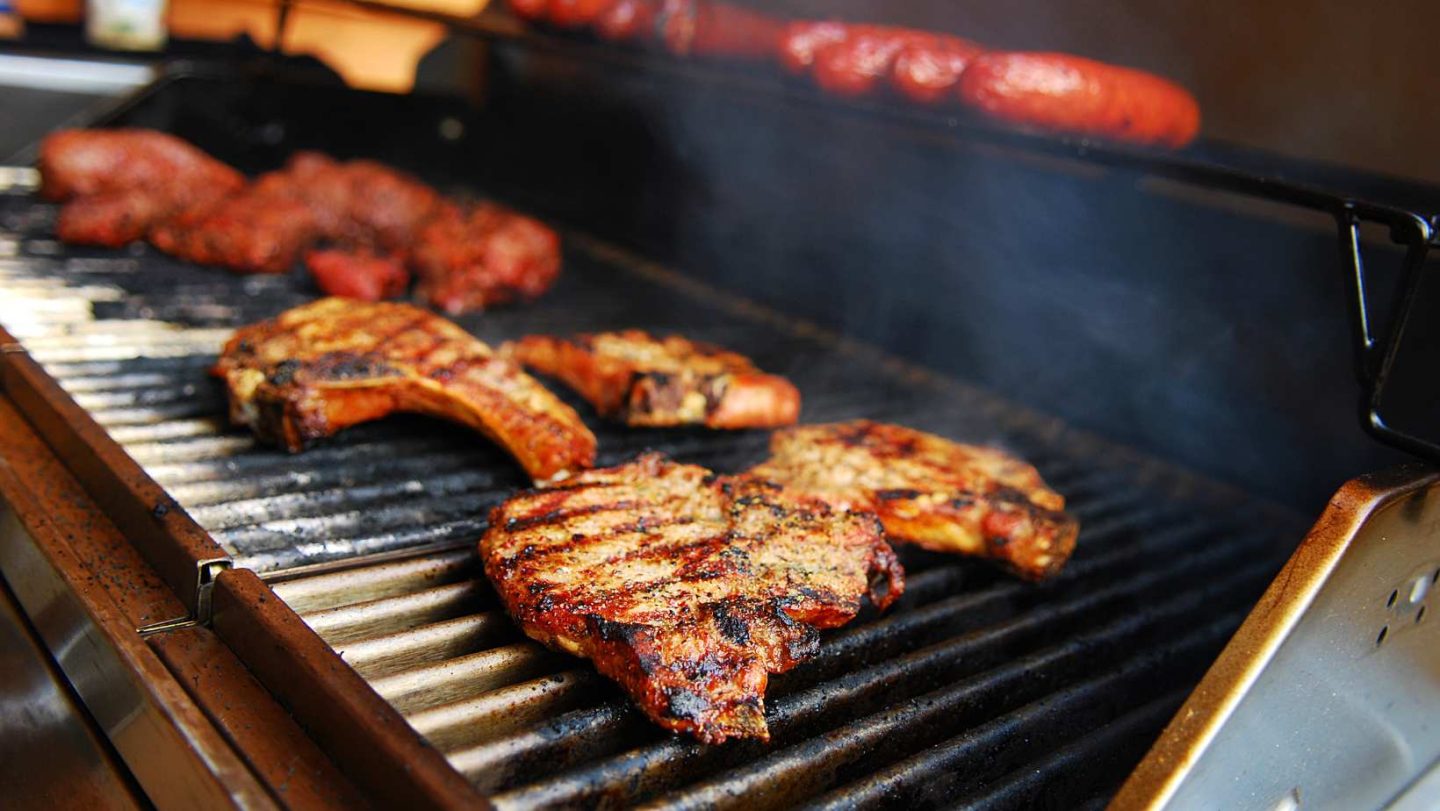
Best Cooking Methods
Given their unique characteristics, pork cutlets and pork chops shine when cooked with the right methods.
For pork cutlets, the thin, boneless nature makes them ideal for quick, high-temperature cooking.
A classic cooking method involves breading the cutlets with bread crumbs and frying them in a large skillet until they achieve a crispy golden brown exterior.
They can also be sautéed, broiled, or cooked sous vide for a tender result.
Pork chops, on the other hand, have a more generous thickness, and they excel when grilled, baked, broiled, or pan-fried.
Low and slow methods such as baking and slow-roasting are excellent for tender, flavorful chops.
Remember to keep a meat thermometer handy to ensure that the chops reach the recommended internal temperature for safe consumption.
Understanding Different Cuts of Pork
When it comes to pork, there’s a vast range of cuts to choose from, each with its own unique characteristics.
By familiarizing yourself with different cuts of pork, you can optimize your cooking methods and flavor pairings, ensuring every pork dish you prepare is a success.
Here are some key pork cuts to know:
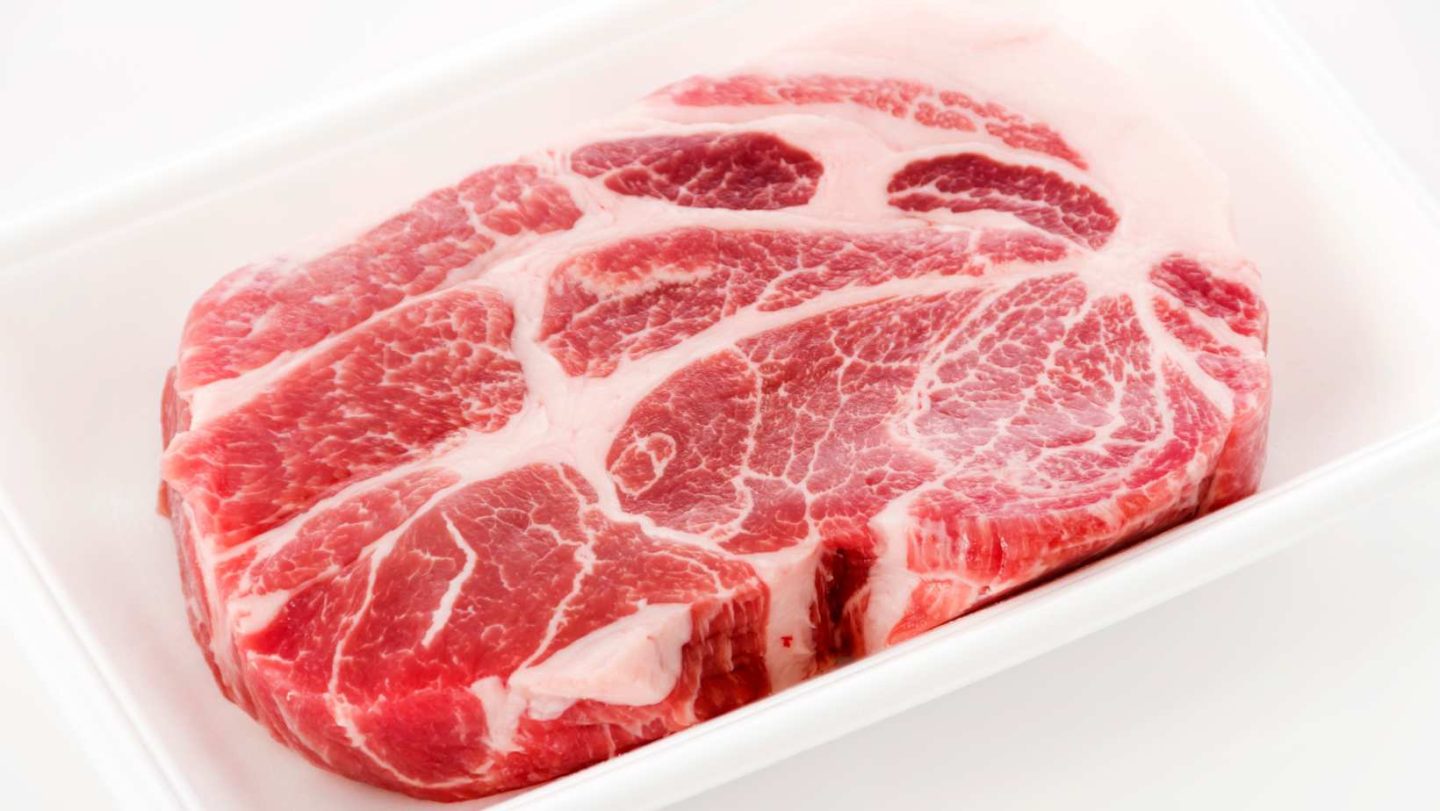
Shoulder (Boston Butt, Picnic Roast, and Pork Shoulder Chops):
This cut is located at the top front of the pig.
The upper part, known as the Boston butt or pork butt, is rich in marbling, making it perfect for pulled pork recipes.
The lower section, or picnic roast, is leaner and is excellent for roasting or slow cooking.
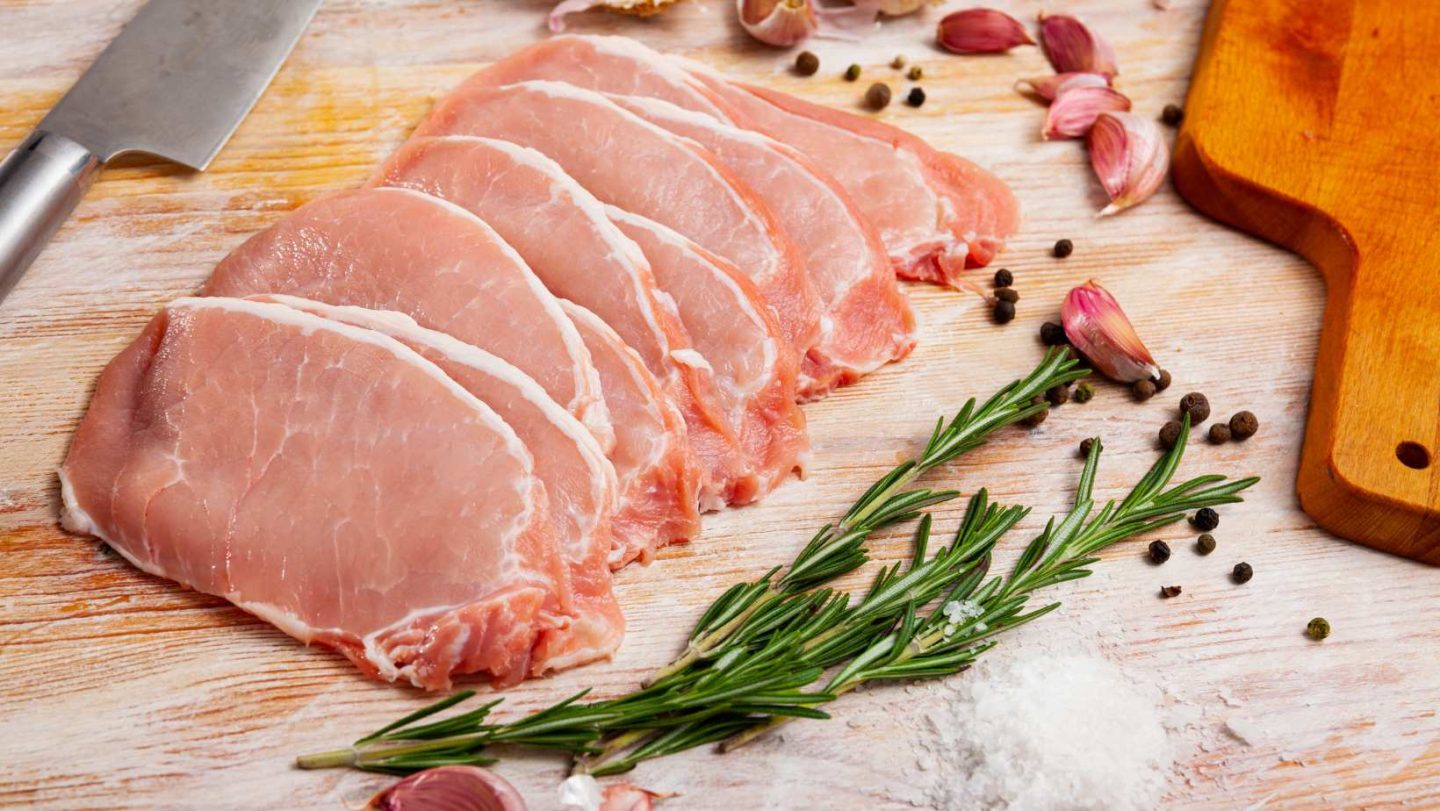
Loin:
This is where we get the majority of our pork roasts and pork chops, including bone-in pork chops and boneless chops. The loin is located along the top of the pig’s back.
A pork loin roast is a larger cut that’s perfect for roasting, while pork chops are smaller cuts from the loin, excellent for grilling, frying, or baking.
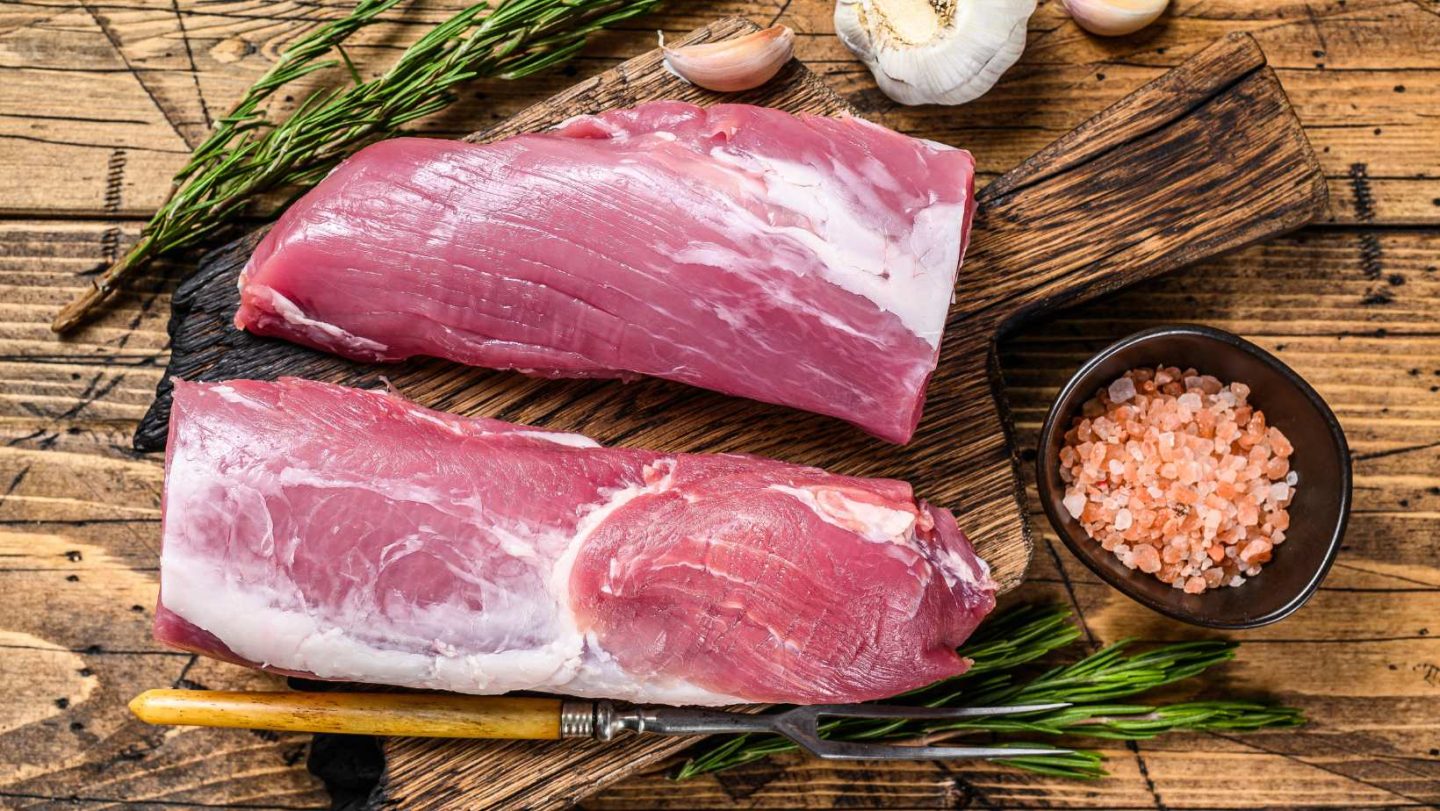
Tenderloin:
The pork tenderloin is a long, thin cut located alongside the spine of the pig. It’s known for its tenderness, as the name implies, and it’s a lean cut of meat. It’s perfect for quick cooking methods, like grilling or pan-searing.
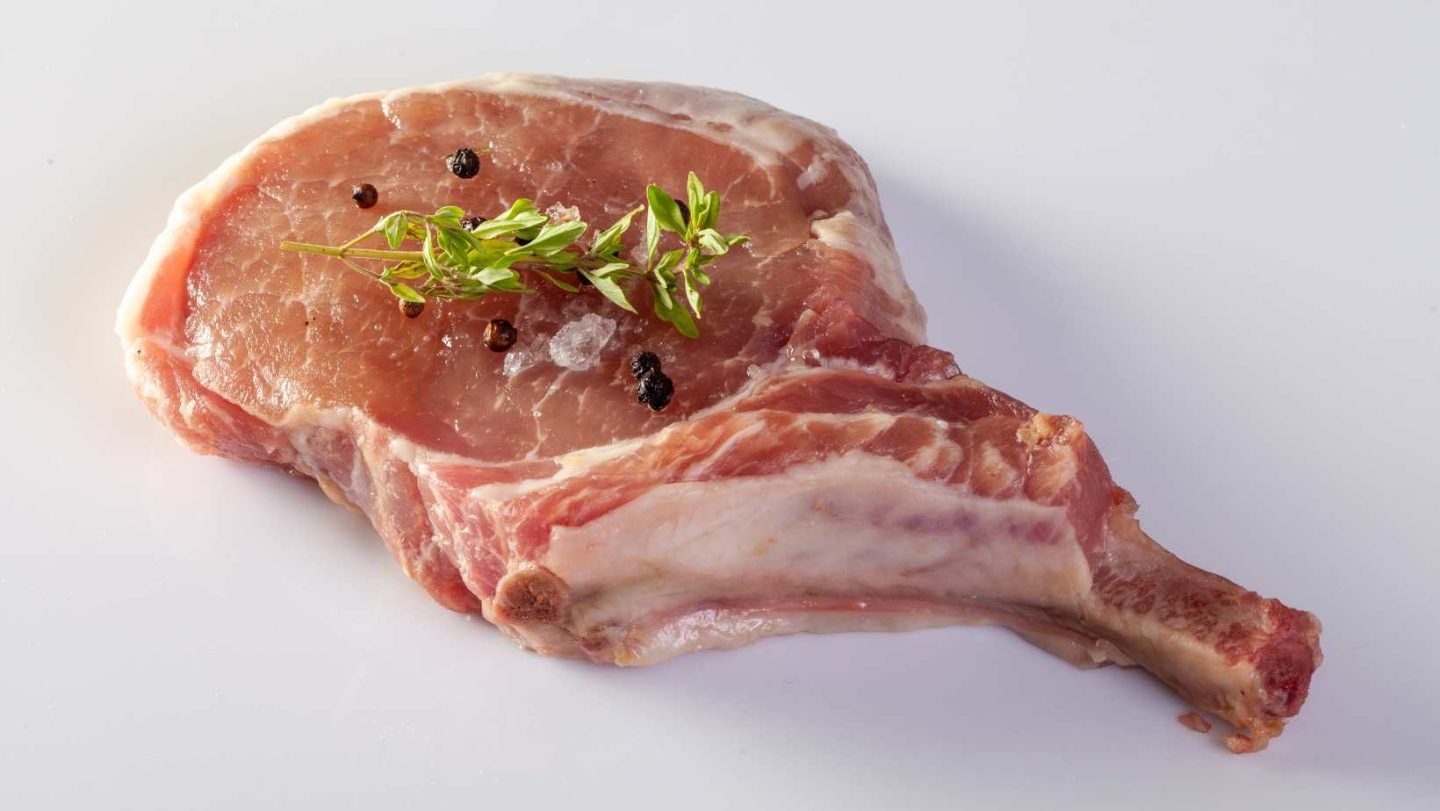
Rib Chops:
These are cut from the rib section of the loin. They often have a bone attached and a rich marbling of fat, leading to a flavorful and juicy chop.
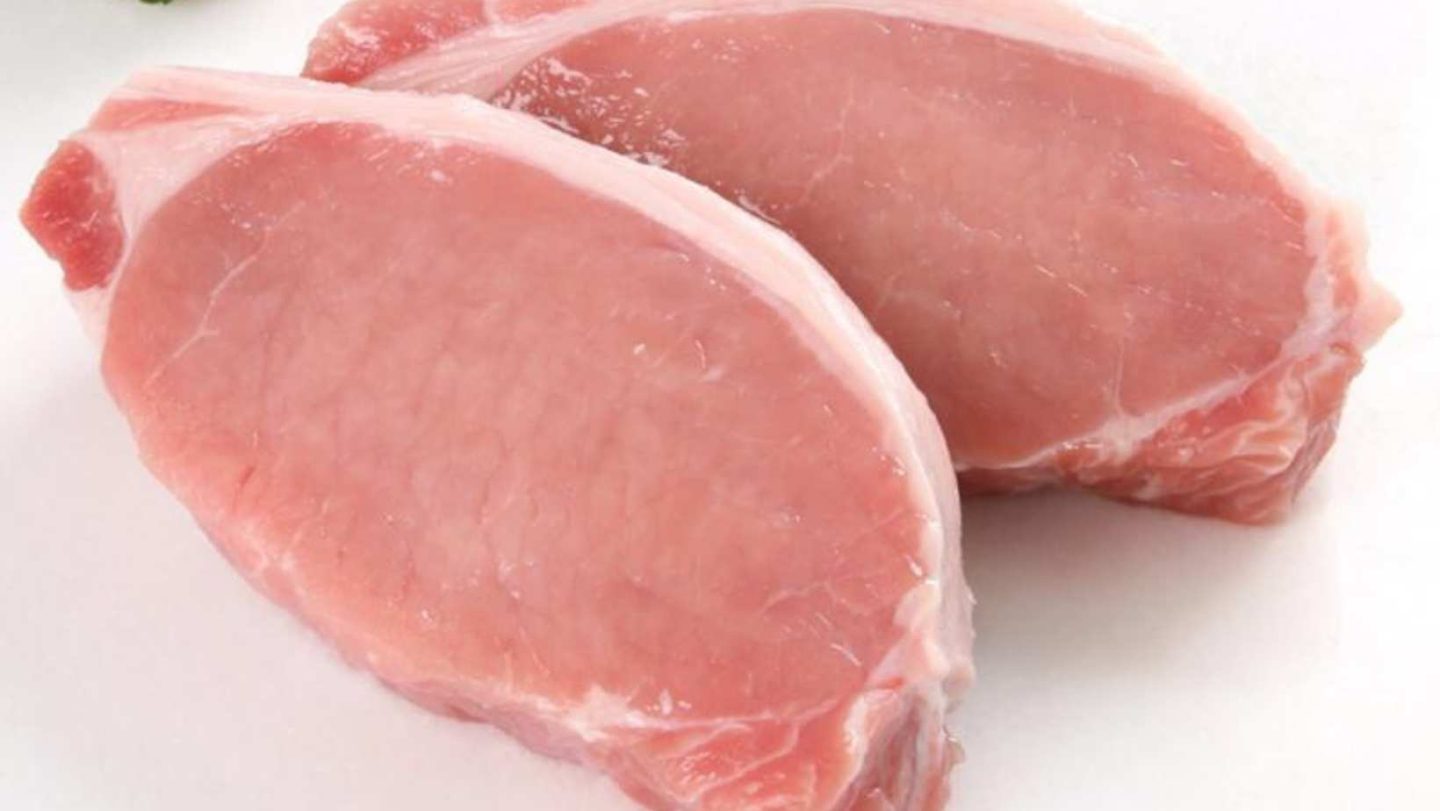
Sirloin Chops:
Sirloin chops are cut from the back part of the loin, near the hip.
They contain a mix of loin and tenderloin meat, and they are best suited to slow cooking methods to bring out their tenderness.
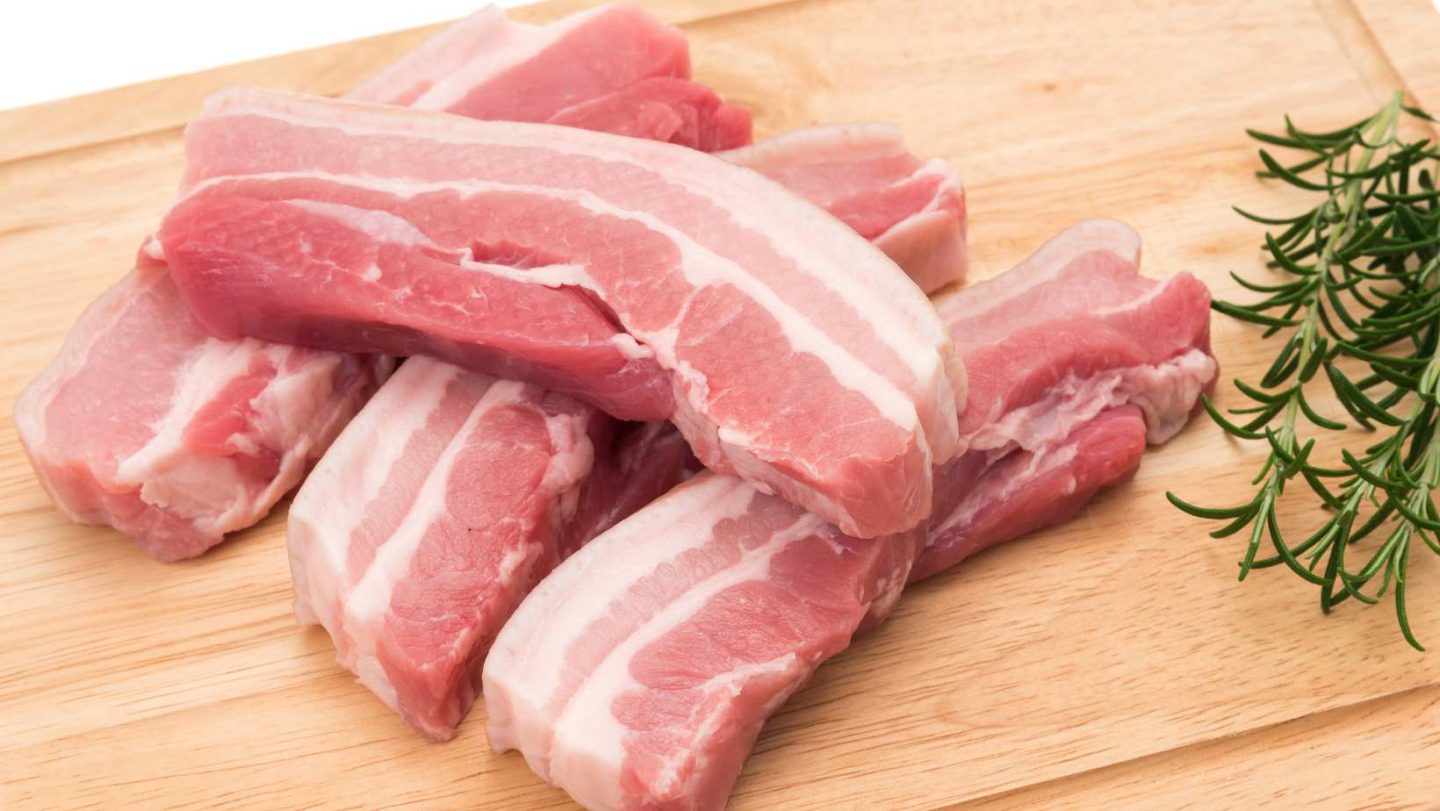
Belly:
This is where we get the well-known bacon and pork belly.
It’s a fatty cut that is usually cured, smoked, or sliced thin. Pork belly can also be roasted to achieve a crisp exterior and tender interior.
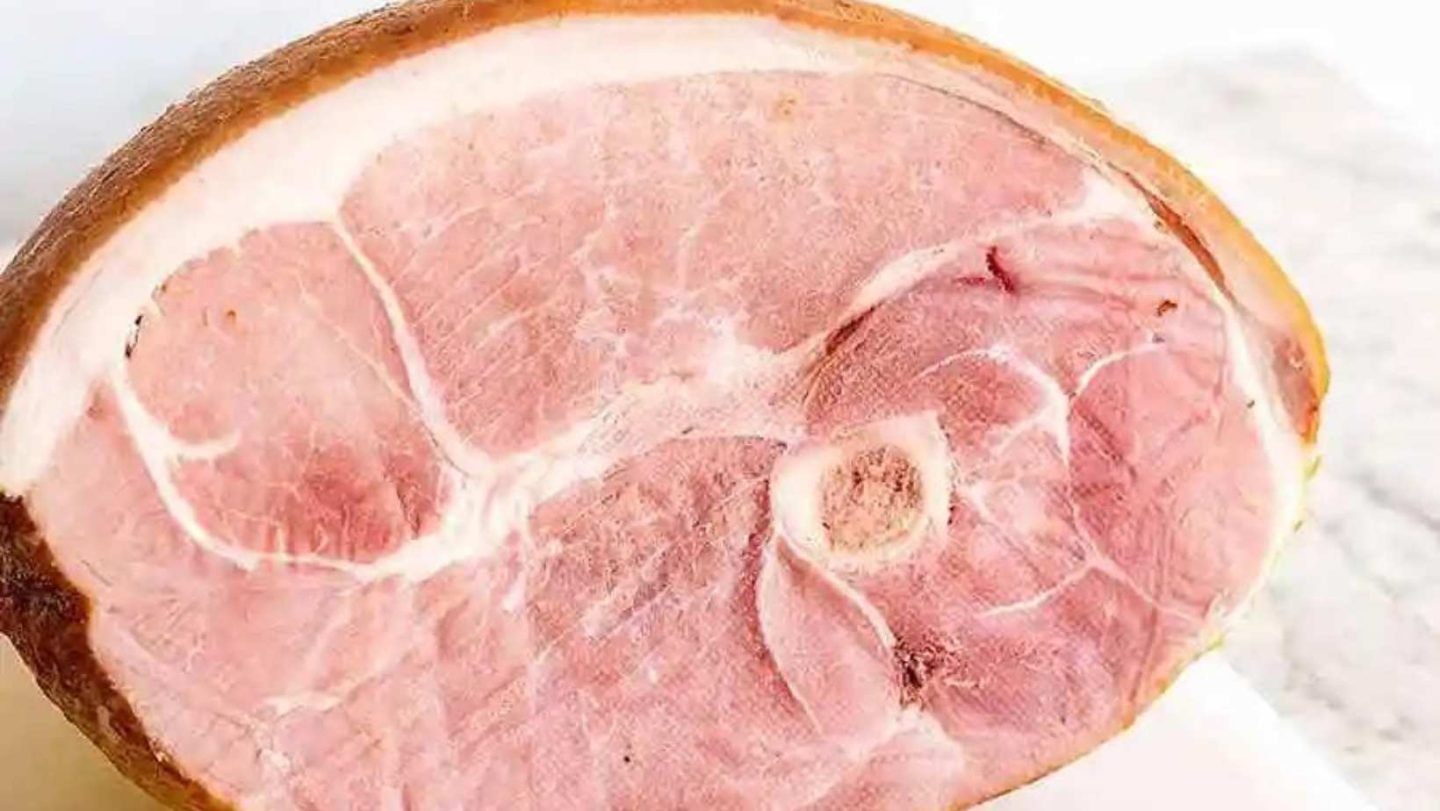
Legs (Ham):
The rear legs of the pig are usually cured and smoked to create ham. Fresh, uncured hams are also a popular choice for roasting.
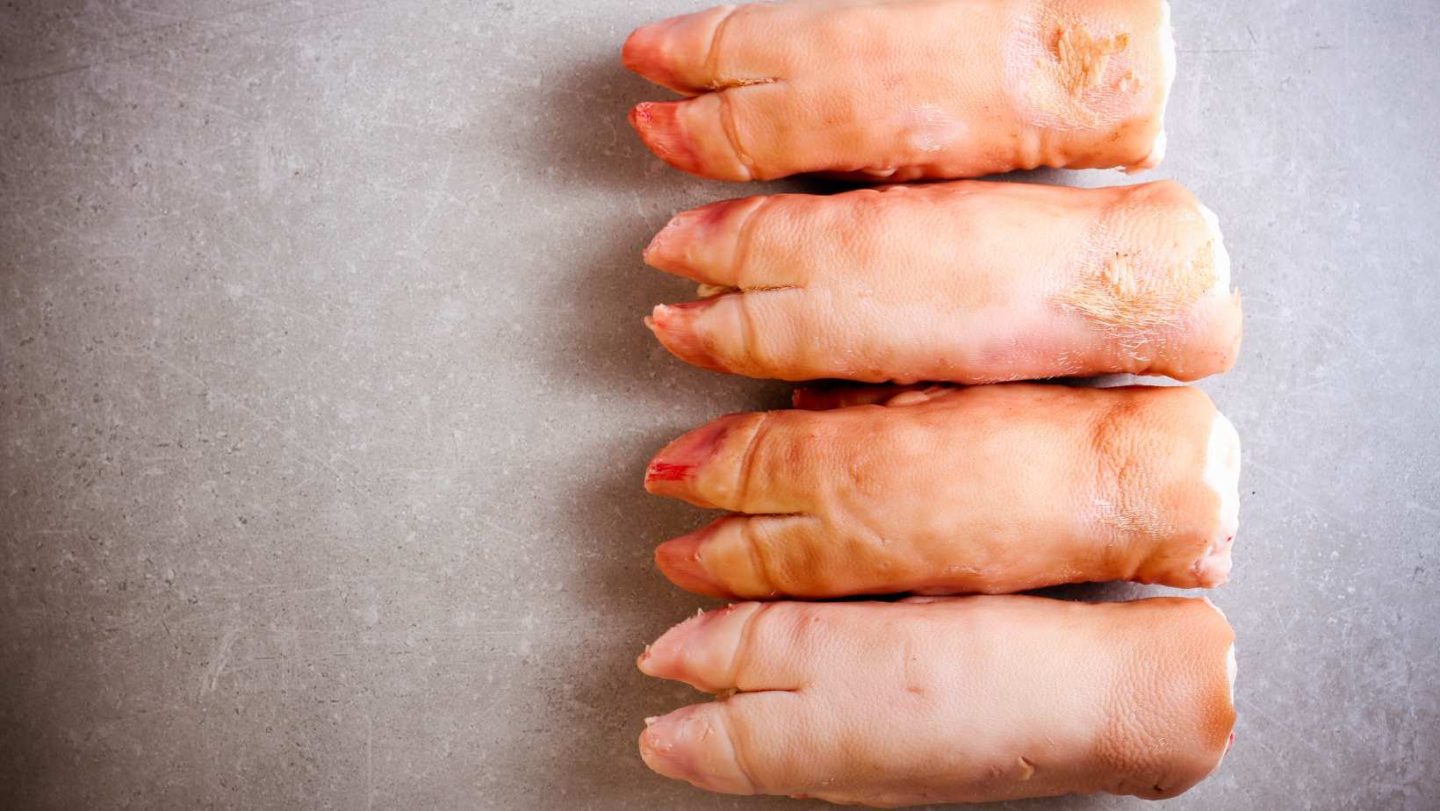
Hocks and Feet:
These are typically used in slow-cooked dishes, broths, and soups for their gelatinous quality when cooked for a long time.
Choosing the Right Cut
The cut of pork you choose can dramatically affect the outcome of your dish.
For a quick, easy meal, thin pork cutlets or boneless chops could be your best bet.
If you’re looking to showcase a piece of meat on the grill, consider a bone-in pork chop.
If it’s a slow-roasted Sunday dinner you’re after, then a pork loin roast or Boston butt might be just the ticket.
Storing and Handling Pork Cuts
Proper storage of pork cuts is crucial to maintain their quality and prevent foodborne illnesses.
Fresh pork cuts should be refrigerated and used within 3-5 days.
For longer storage, pork can be frozen for up to six months.
Always remember to thaw frozen pork in the refrigerator, not at room temperature, to prevent bacterial growth.
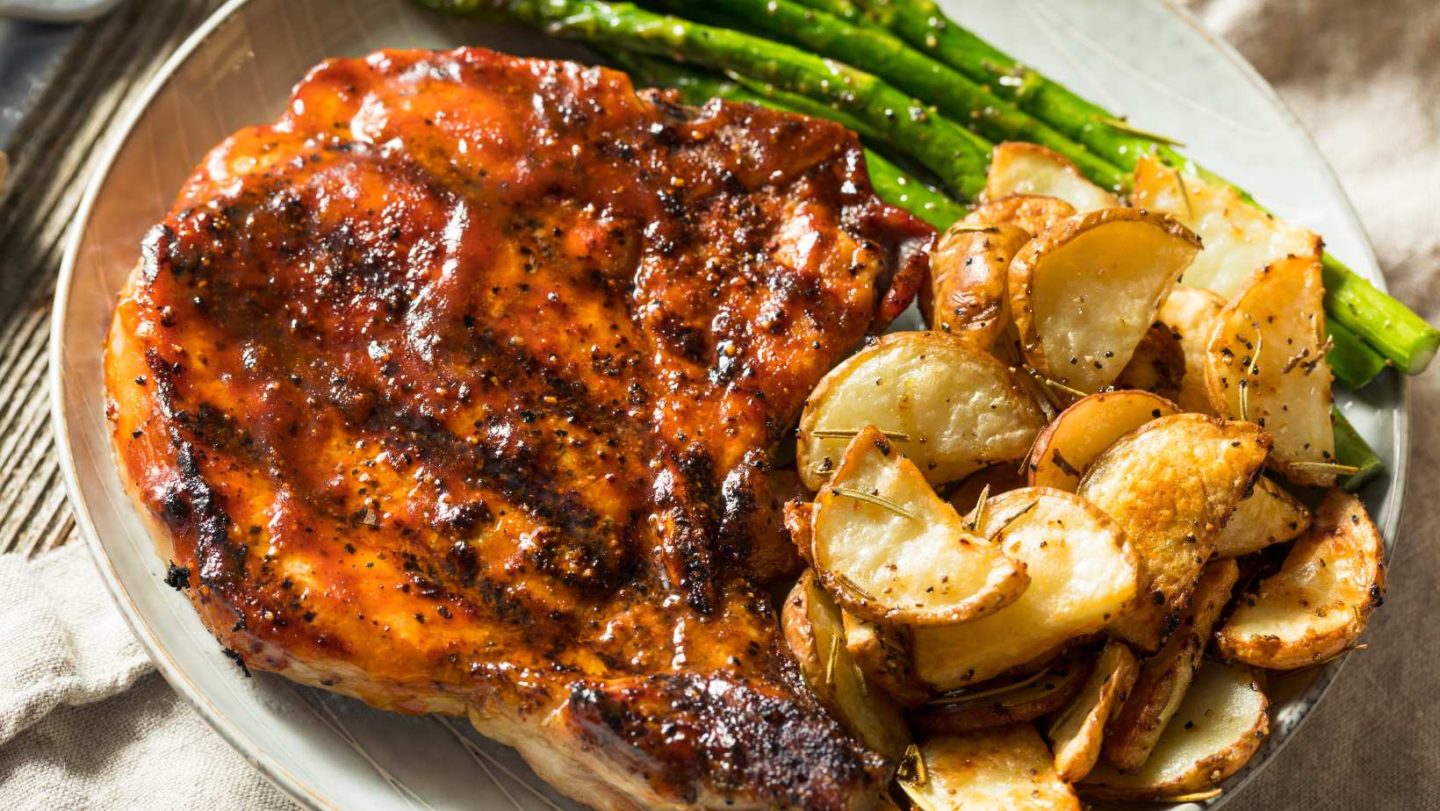
Pairing Suggestions
Pairing the right side dishes and flavors with your pork cutlet or pork chop can take your meal from good to unforgettable.
Each pork dish lends itself to a wide variety of complementary flavors, enhancing the overall dining experience.
Here are some pairing suggestions based on common ways to prepare pork cutlets and pork chops:
Grilled Pork Chops:
A classic grilled pork chop pairs excellently with traditional barbecue sides. Think coleslaw, grilled corn on the cob, baked beans, or a simple green salad.
To complement the smoky flavor, consider a fruity barbecue sauce or a tangy apple chutney.
Breaded Pork Cutlet (Tonkatsu):
This Japanese-style breaded pork cutlet is typically served with shredded cabbage and a special Tonkatsu sauce, which is like a thick, tangy, Worcestershire-like sauce.
Steamed rice or miso soup would round out the meal.
Baked Pork Chops:
Baked pork chops work well with various sides.
Mashed potatoes, sweet potatoes, roasted Brussels sprouts, or a simple side of buttered green beans are great options.
A nice grainy mustard or a mushroom gravy would be a perfect accompaniment.
Pan-fried Pork Cutlets:
For pan-fried pork cutlets, consider pairing them with a creamy potato salad, buttered peas, or a light tomato and cucumber salad.
Add a squeeze of lemon or a simple pan gravy to enhance the dish’s flavor.
Slow-Cooked Pork Chops:
Slow-cooked pork chops become wonderfully tender and are excellent with sides that can soak up the flavorful juices, such as creamy polenta, mashed potatoes, or white rice.
Pair with a side of collard greens or coleslaw for a Southern-style feast.
Marinated Pork Chops:
If you’re using a flavor-packed marinade for your pork chops, consider simple sides like steamed vegetables or a fresh salad to balance the flavors.
Alternatively, pick sides that can echo one or more flavors from the marinade, such as a pineapple salsa for a tropical-inspired marinade.
When pairing your pork dish with sides, aim for balance in flavors, colors, and textures, and don’t forget to take the preparation method into account. With these suggestions as a starting point, you’re well on your way to creating delightful pork-based meals.
Easy Recipes (Pork Cutlets and Chops)
Ready to get cooking? Here are two simple, delicious recipes – one for pork cutlets and one for pork chops.
BBQ Grilled Pork Chops Recipe
If you can’t get enough of that tangy BBQ flavor, you need to try this recipe!
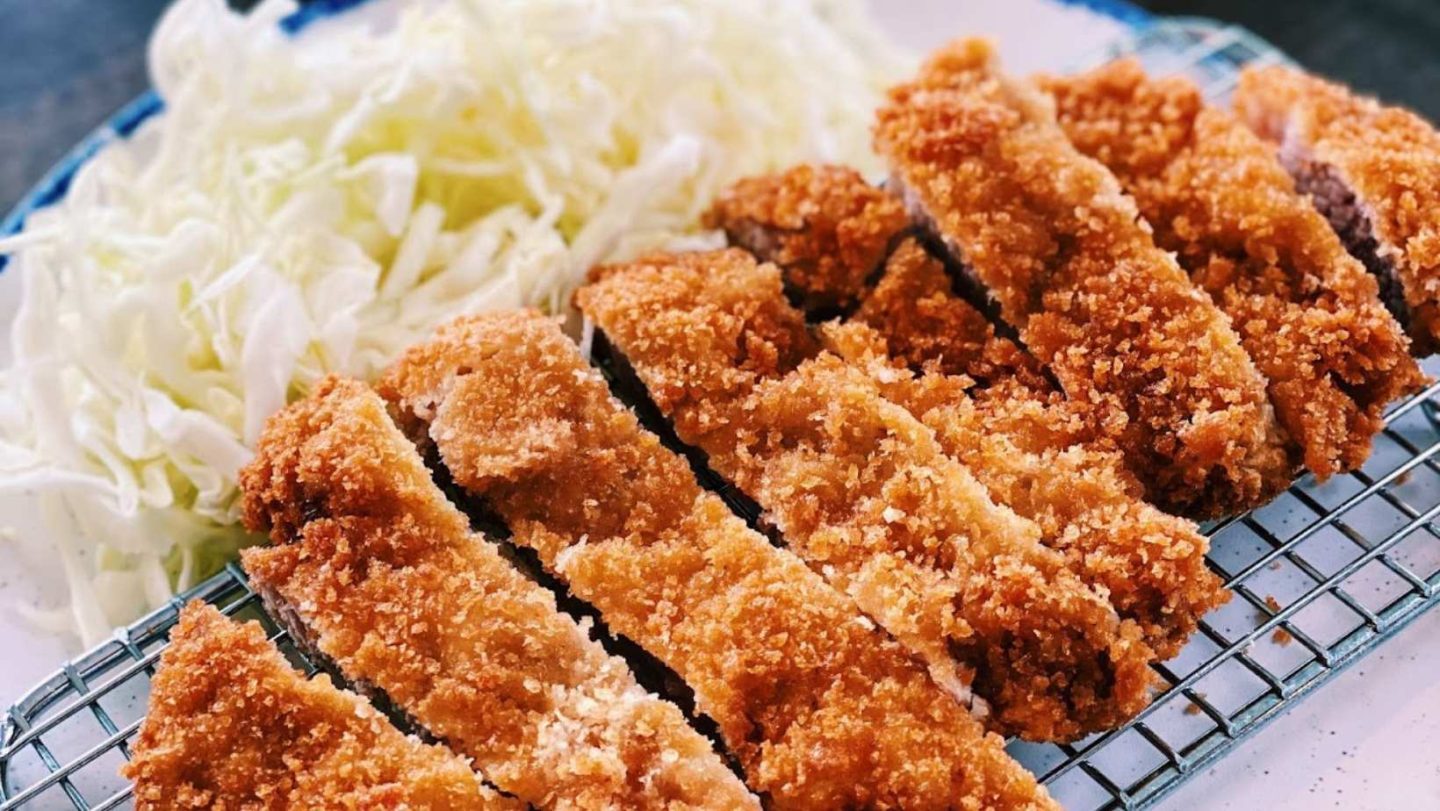
Tonkatsu Pork Cutlet Recipe
Try a traditional Japanese breaded pork cutlet!
Dredge thin pork cutlets in flour, then in beaten egg, and finally in bread crumbs. Fry in a hot pan with olive oil until golden brown on both sides.
Serve with a squeeze of lemon and a side of mixed greens. Here’s one of our favorite recipes.
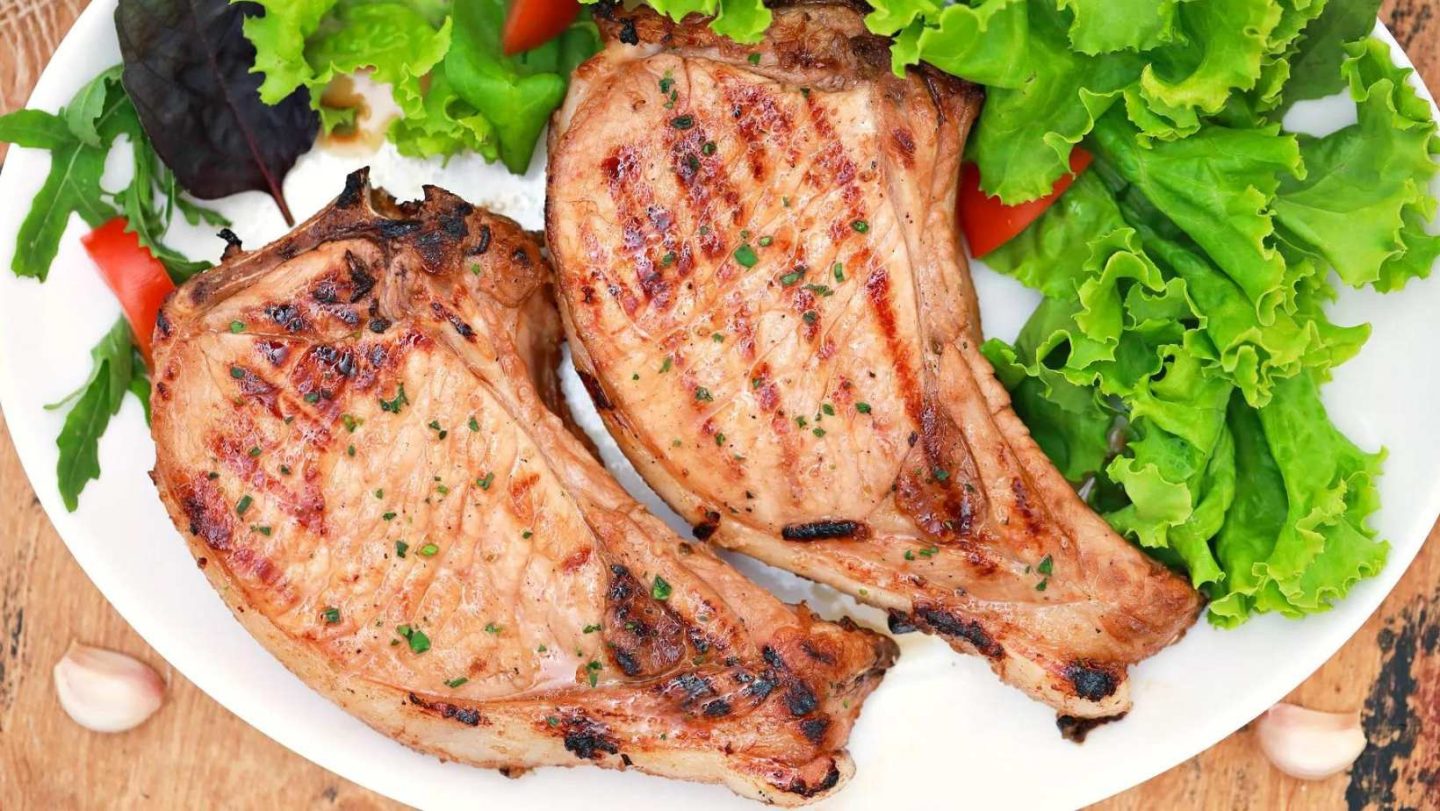
Pork Chop Recipe:
For a flavorful grilled pork chop, try this recipe!
You just marinate them the night before, and then grill them for 15 minutes, and you’ve got delicious, flavorful chops ready to go!
Final Thoughts
Whether you’re team pork cutlet or team pork chop, there’s no denying that both cuts have their place in the culinary world.
Each brings unique qualities to the table – from the thin, tender cutlets perfect for a quick fry-up, to the rich, succulent chops ideal for grilling or slow cooking.
So why choose? Explore both cuts and expand your pork-cooking repertoire.
FAQs
What is the difference between a chop and a cutlet?
The main difference lies in the part of the pig they come from and their thickness. Pork chops are usually thicker, can be bone-in or boneless, and come from the loin or rib section of the pig. Pork cutlets, on the other hand, are thin, boneless, and typically come from the loin or hind leg.
What cut of pork is used for cutlets?
Pork cutlets are typically cut from the loin or hind leg of the pig.
What exactly is a pork cutlet?
A pork cutlet is a thin, boneless cut of meat usually taken from the loin or the hind leg of the pig. It’s often pounded flat to ensure quick, even cooking.
What is another name for pork cutlet?
In some regions, pork cutlets may also be referred to as pork escalopes or schnitzels, particularly when they’re breaded and fried. Japan also has their own version called tonkatsu, which is breaded and usually shallow-fried.
Is pork cutlet the same as boneless pork chop?
While both are boneless, pork cutlets are not the same as boneless pork chops. Cutlets are thinner and are often taken from different parts of the pig than pork chops.
Are pork chops cutlets?
No, pork chops and cutlets are distinct cuts of pork. While both can be boneless, pork chops are generally thicker and can also come with the bone in.
What cut of pork chop is the most tender?
The tenderloin chop or the rib chop is considered the most tender cut of pork chop due to the high amount of intramuscular fat, which melts during cooking and tenderizes the meat.
Are pork cutlets tough?
Not if cooked correctly. The thinness of pork cutlets makes them ideal for quick cooking methods, which help maintain their tenderness. Overcooking, however, can make them tough.
